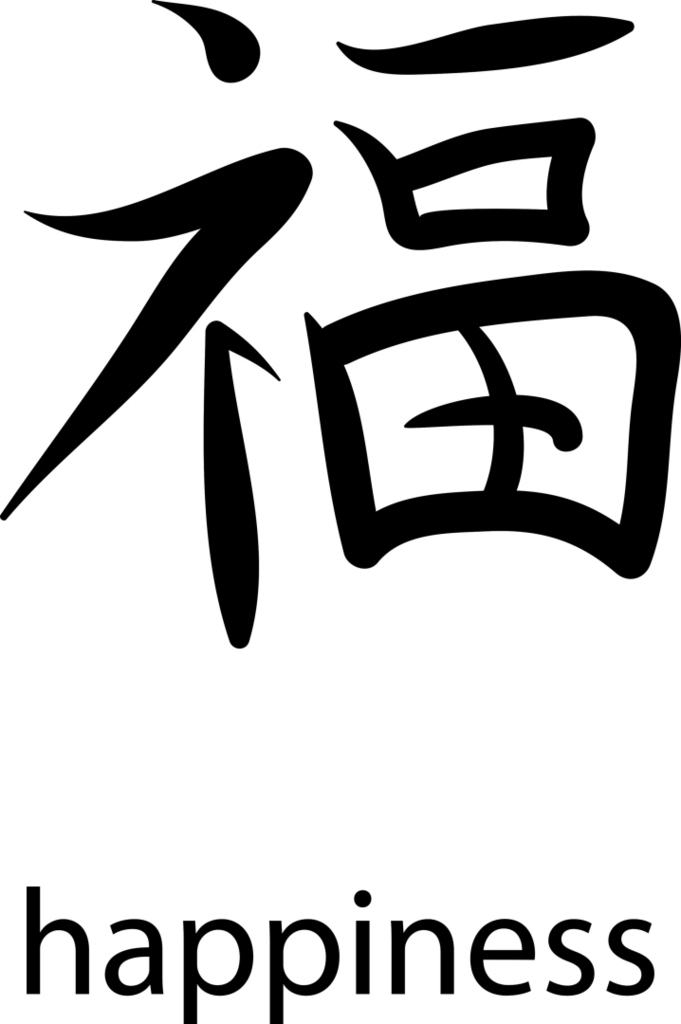Article #73
Introduction
During your first days in Japan, you must have been captivated by the country’s reading culture. Many people of all ages might be seen reading books while riding public transportation or walking the streets. Particularly in Tokyo, you can very much go anywhere and find a bookshop. Convenience stores often have periodicals like newspapers and magazines, but occasionally you can discover freshly published Japanese books on display. The land of the rising sun is a veritable paradise for readers. From early on, the Japanese government emphasized the importance of literacy, and now reading is widely seen as a uniquely Japanese cultural trait. The Japanese people have made great strides in the academic world, and at the same time they publish books that offer multiple in-depth talks on a variety of themes, so they are always up to date. It always amazes me to see how quickly Japanese academics can produce books in response to developments on a global scale. If you know where to look, you may find excellent books to use as a resource no matter what subject most piques your interest.

However, if you want to fully immerse yourself in the plethora of Japanese literature, you’ll need to learn at least some Japanese. English literature is available in some bookstores, however, it can be pricey or hard to come by. On the other hand, have no fear! In this article, I’ll share a few suggestions to help you ease into the Japanese literary world. A good textbook (or equivalent) that explains grammatical topics, provides practice activities and introduces material that is only +1 above your current ability level is essential if you want to obtain a good grasp on the structure of Japanese. But I’m going to show you what I believe to be the three greatest textbooks for learning Japanese, along with a little description of each textbook’s structure, so that you may determine which is the most suitable for you.
Here is a rundown of the books we recommend to students just starting out in Japanese.
The best 3 Japanese textbooks for beginners
Learn more about: Aromatherapy First Aid Kit
1. Genki

Genki is not only a fan favorite in Japanese language classrooms around the world but also one of our personal favorites. Genki is a great place to start learning Japanese because of its straightforward lesson structure, which introduces new words and structures in context through dialogues before explaining them in further depth in brief, straightforward lessons.
You won’t be overwhelmed by the content because the difficulty of the lessons increases gradually. The supplementary materials, including the exercises, audio CDs, and workbooks, are up to the same standard as the textbook and help you retain information by providing multiple avenues for practicing it. Keep in mind that while Genki was made for classroom use, the information may need to be adapted for your scenario if you’re learning independently. This suggests that the target audience is primarily college students and that the language and slang used to reflect this. Overall, Genki is a great series, and reading both books will provide you with the groundwork for intermediate study.
There are some parallels to the popular Japanese language learning series Minna no Nihongo, however, while in Minna you follow the main character as he or she goes about his or her daily activities in Japan, Genki is far more straightforward and easy to understand. Lessons are geared more toward real-world applications than the JLPT. Every session begins with realistic everyday conversations and dialogues before diving into the nitty-gritty of the Japanese language and vocabulary used in that conversation.
However, many individuals find it easier to understand the explanations in Genki because they are written in English.
Pros
• Suitable for beginners
• Stable framework for instruction
• Step-by-step scaffolding
• Easy-to-understand explanations of grammar
• Audio CDs and a companion workbook are also available.
Cons
• Not suitable for self-learners
Learn more about: Breatheology ESSENTIALS
2. MINNA NO NIHONGO
The fact that Minna no Nihongo is written entirely in Japanese means that it is not suitable for someone with no prior knowledge of the language. We don’t just mean “no romaji,” either; the whole thing is written in Japanese. A dedicated “translation book” written in English is required for serious study.
The two-book system is not inherently flawed. Using the main, all-Japanese textbook will make you rely more on context and your own ingenuity as a learner. If you get stuck on the grammar, you can always go to the translation book for help.

Additionally, Minna no Nihongo is a comprehensive Japanese language textbook. It goes over a lot of ground and uses a lot of jargon to explain grammar rules. The grammar you pick up even helps you make sense of pitch accents. This is fantastic because few textbooks address the importance of learning pitch accents at a young age.
If you want to learn more Japanese quickly, the first Minna no Nihongo book will teach you more than Genki I. This is a wonderful choice if you have a more intellectual disposition and want to take your time learning as much as possible. This textbook works best with a tutor or language partner to help you through any difficult spots.
Pros
• More comprehensive than comparable texts
• Lots of reading material, all in Japanese
• Intensive, in-depth explanations of grammatical concepts
Cons
• Utilizing the primary textbook requires a second “translation book”
• Reasonably costly
Learn more about: Online Meditation Teacher Training Course
3. Japanese for Busy People
The Japanese for Busy People series is the best-selling educational resource for the Japanese language. It is also one of the most complete with over 20 individual parts (textbooks, workbooks, CDs, videos, and teacher’s guides). After a decade since its last major update, the entire series is being rethought and reorganized to better serve the demands of today’s students and working professionals who need to pick up conversational Japanese as quickly as possible. The book’s updated look and streamlined unit structure, which clusters lessons on related topics, make it easier than ever to pick up Japanese. In addition, a CD featuring recordings of the discussions and listening exercises from the book is included. The book’s activities have also been updated to include new reading and writing assignments. The objective of each of these exercises is explained in detail, and many of them feature illustrations that make learning more engaging.
Survival Japanese, the bare minimum of Japanese proficiency required to get by in Japan, is introduced in this first of three volumes. This means that it only covers a fraction of the material covered in a standard first-year language course in terms of vocabulary and grammar. There are also cultural remarks included helping the reader have a deeper familiarity with Japan and its people. Language of the Future for Busy People I can be read in both romanized and kana forms. Romanized Japanese is used throughout the course, with kana only appearing in the first dialogue of each class.
There are no non-kan characters in the Kana Version, which introduces hiragana and katakana to students right away. The books are otherwise identical in substance.
Pros
• Each lesson concludes with a quiz and a key to the correct answers is provided.
• There is less “school speak” and more natural conversation.
• At the outset of each chapter, you’ll get grammatically-focused explanations.
• Comes with a CD of music
Cons
• Intended for business people; photocopier discussion is inevitable.
• Reading is made more challenging when there are no kanji included.
Learn more about: Discover The All-Natural Remedies For Eczema Relief
Where can I buy a Japanese book affordably?
Many well-known Japanese works have been translated into English in recent years. There are always excellent choices available to you, provided you know where to look. To save you some money, know that Japanese novels are typically much less expensive than their English-language counterparts. As with any product, the price of books can vary widely depending on their size and portability; a compact, easily transportable book, for example, will be shockingly inexpensive. Japanese textbooks can be pricey, even for Japanese students. They are expensive but well worth it. I’ll share my favorite sites for discovering inexpensive Japanese literature here.
Amazon and Kindle
You’ll notice that many of the links in this post lead to Amazon, one of the most popular online stores in Japan. The fact that it is an international organization means that its services are available in English, which is a plus. Many excellent books are available for free or at minimal cost if you have a Kindle connected to your Amazon account. And if you’re a student, you can get free shipping and save money in the long run by signing up for Amazon’s Student Prime program, which offers a 6-month free trial and then costs just 250 yen a month. Isn’t this a great way to save time and money when you go shopping? You may find any book on Amazon by just entering its name, whether it’s written in Japanese or English.
Second-hand Japanese book
Second-hand bookstores are another great resource for finding bargain books.
• Book Off
Book off, Japan’s largest chain of secondhand bookstores, is ubiquitous and easy to find anywhere. You may easily check if any are in close proximity to your location by searching for them on Google Maps. Considering how well-cared-for books are in Japan, the ones you’ll find at Book Off will be in almost as good condition as brand-new ones. Of course, the cost is exceedingly inexpensive, often being cut in half compared to a brand new equivalent. Book Off carries a wide variety of literature, from vintage comic books to academic texts and novels. You may not have much luck finding an English book or the book you desire there. Even at its most prominent locations, I have never seen a copy of Minna no Nihongo. The prices are substantially lower; therefore, I suggest picking up some Doraemon comics or trying out some other children’s novels.
• Mercari
In Japan, Mercari is a well-liked marketplace for buying and selling used goods at low prices. It is highly recommended if you are looking for Japanese books, especially educational materials. When a player has progressed to a higher level and no longer requires the beginner’s books, they often pass them on, resulting in a loss of revenue for the platform as a whole. As a result, you can get your hands on a number of different guides and manuals. Contact the vendor, and the books will be shipped to you within a week. There is a wide variety of payment options available; nevertheless, I advise against using a credit card and instead making purchases at convenience stores. Since we can’t be sure who we’re talking to online, it’s best to be cautious.
From your Senpai
Inquiring with your school’s senpai or with your peers is a further option. You may take advantage of both their low prices and the notes they make within the books. Your senpai may also offer guidance on the best genres to read to make the most of your time and money. You might also borrow some quality literature from Japanese friends or ask them for recommendations. If you’re only borrowing the book for a limited time, it’s very important to treat it with care.
Conclusion
You might assume that studying Japanese is a challenging task. Hiragana, Katakana, and Kanji are the three writing systems used in the Japanese language. has sophisticated grammar, as well. Many of you, though, are probably thinking that you’d like to learn Japanese so that you may watch and play your favorite anime and video game series in their original language. You want to study the language either because you plan to move to Japan and need a place to stay or because you want to travel to Japan.
Self-study of the Japanese language is difficult; therefore, the best option is to enroll in a formal program where teachers will be able to help you along the way. However, not everyone can afford the tuition at an academy, and some students find it helpful to have some background knowledge before beginning formal instruction. However, there are currently many different Japanese textbooks on the market, so picking one to study on your own can be a bit overwhelming. This choice matters greatly because it will be your initial exposure to the Japanese language. You won’t be able to make as much progress as you’d like in learning Japanese if the textbook doesn’t work for you.
Since diverse things work for different people, I don’t think it’s fair to declare any one Japanese book to be the finest. To really appreciate the great Japanese novels that have been and will be translated into English and other languages, I think you need to have some familiarity with the beauty of the language itself.
Read more >>
>> Relaxing Rain Sounds to reduce stress & help with insomnia
>> Top Ten Guitar Books for Beginners 2022
>> How Can Meditation Help with Sleep?
>> What Are The Best Solfeggio Frequencies To Heal or Meditate With?
>> 11 Health Benefits of Meditation & How to Achieve them
>> What is the Science Behind Solfeggio Frequencies?
>> 9 Solfeggio Frequencies that can heal – sacred scale and Chakras



